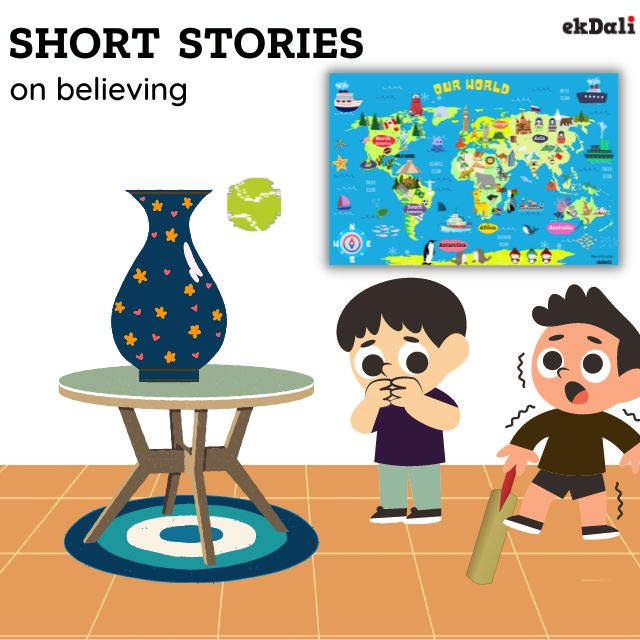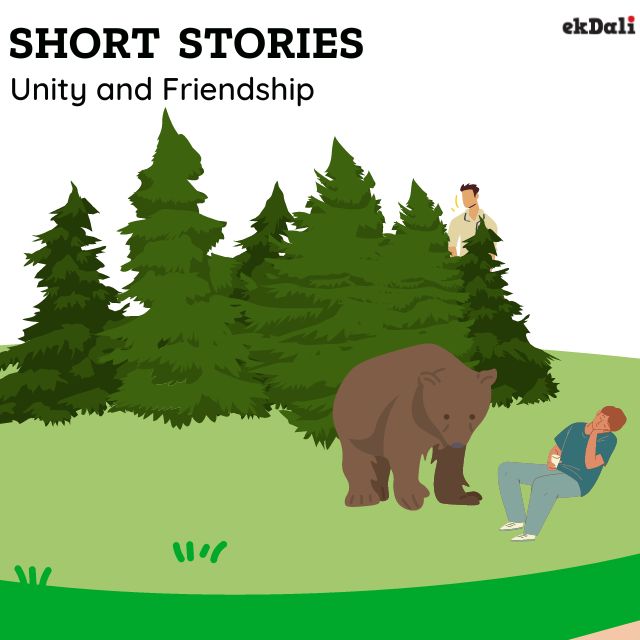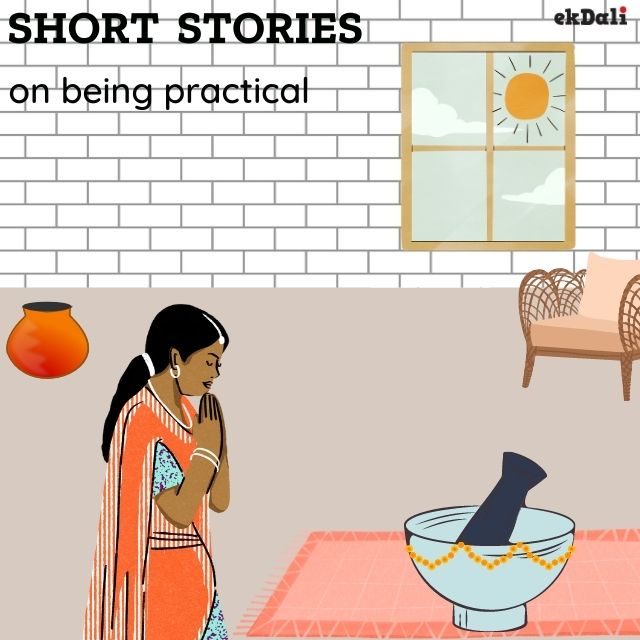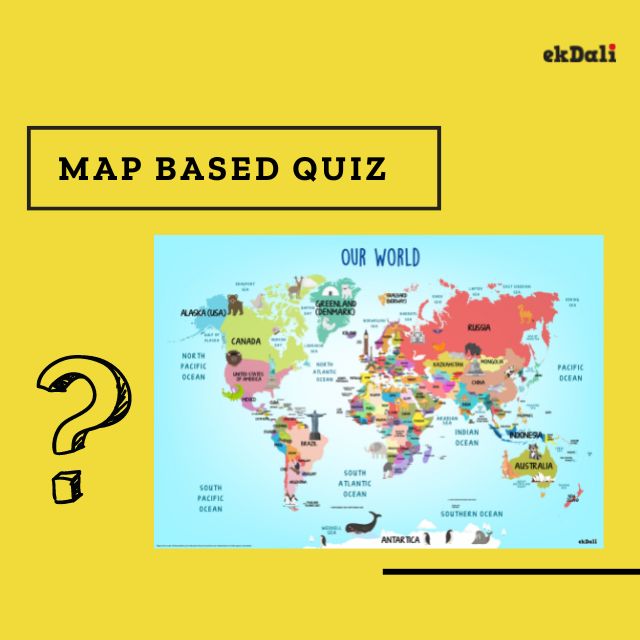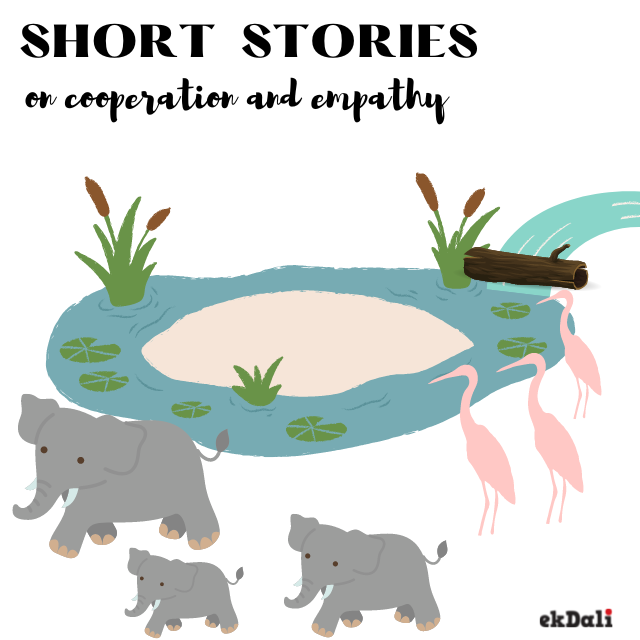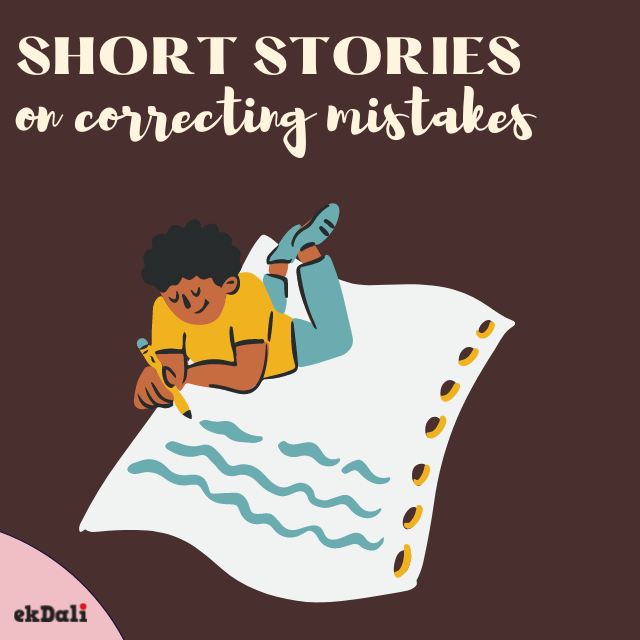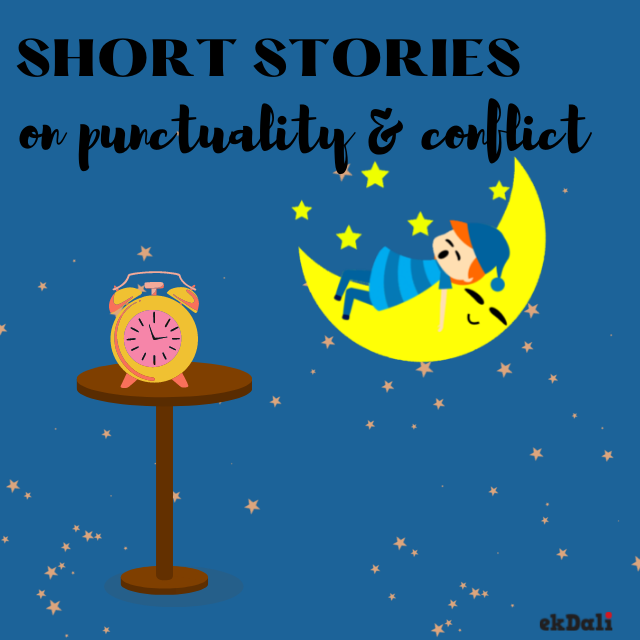According to studies, being among greenery can be good for our mental health. We recover much more quickly from stress in green spaces. Less mental illness is present in children.
But not everyone has access to safe, high-quality natural areas, and not all green places are created equal. What every parent—and thoughtful individual—needs to know is provided below.
Improving mental well-being usually requires that we make a special effort, but here’s a remedy that requires no work at all:
To activate the effect, you don't even need to step outside. It has been proven by researchers that glancing at pictures or a window suffices. Natural scenery has a healing impact. Building photos and urban settings typically don't.
For instance, when people view images of nature, they feel less negatively and are more likely to report feeling positively.
Additionally, research shows that being in nature increases the likelihood that our parasympathetic nervous system, which aids in relaxation and recovery after stressful situations, will be activated.
What happens when we spend time outside if we get these advantages just from looking at nature?
Relaxing in green areas can have immediate, positive impacts on your stress physiology, whether it's a quick 15-minute trip
Additionally, nature hikes seem to have a particular positive effect on our emotional and physical health.
Green exercise is even better for mental health than traditional exercise.
There are a lot of factors that could affect mental health outcomes, such as the parents' age, income, education, and psychiatric history; neighbourhood socioeconomic factors, such as the average income and education level of area inhabitants; and the degree of urbanization.But some basics on mental health
- Kids who are raised in environments with lots of green space experience fewer psychological issues.
- Children who did not get enough green were more likely to have various issues
- Living close to green places may lower your chance of developing depression, according to large-scale studies.
- Even after researchers account for genetics and developmental contextual factors, green areas are associated with lower depression risk.
- We may gain from green places inadvertently if they shield us from pollutants and motivate us to exercise.
- Because they offer us calming distractions and all-natural highs, green spaces may also have a direct impact on our mental health.
- Your neighborhood's proximity to green space may not necessarily tell the whole story. The green areas that people come across elsewhere, such as at work, school, during commutes, and during leisure activities, have an impact on them as well.
You can choose to create your own green spaces as well.. A small balcony garden or even a few indoor plants on a study table help in mood improvement. You can start with one and keep building.












